

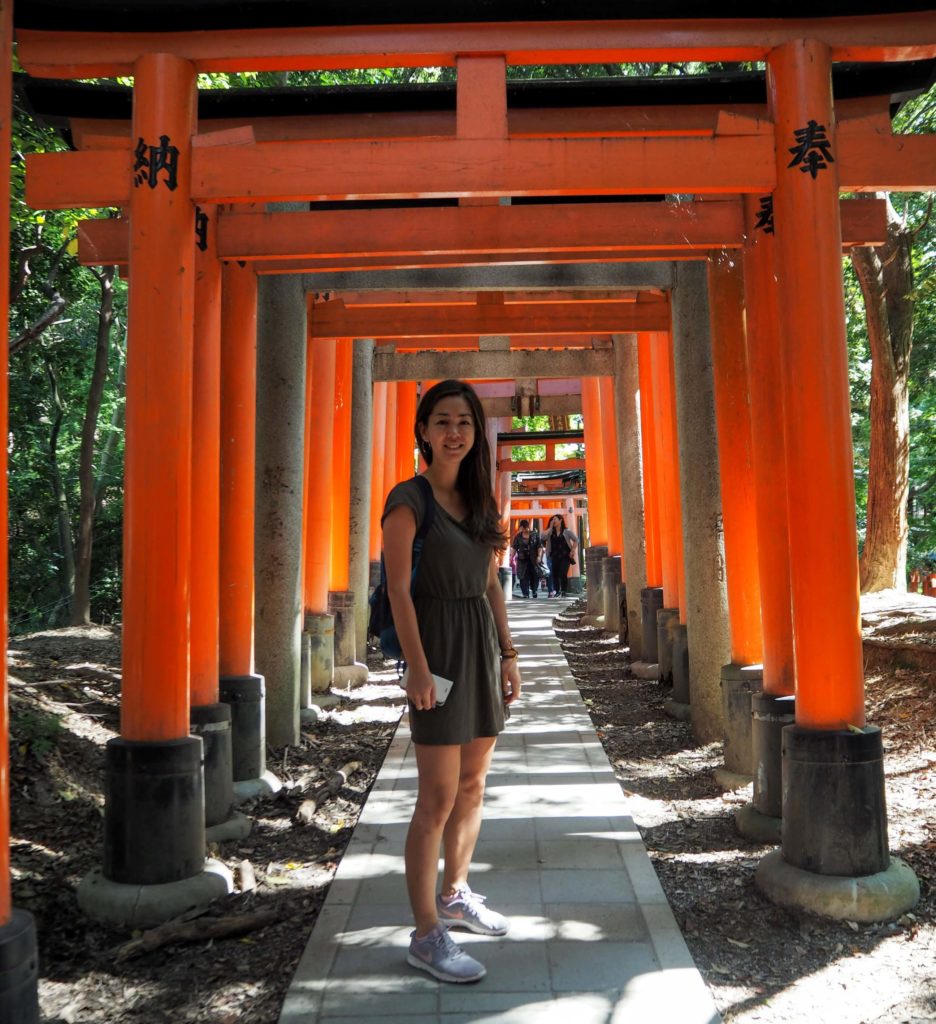
Japan is one of the most popular countries in the world to travel to. Japan is known both for its beautiful traditions and historic architecture, as well as being an ultra-modern society with high-impact pop culture. It’s a perfect mix of the old and the new, and every day traveling in Japan will include a reminder of these contrasts.
From snowy Hokkaido to mountainous Nagano, to flashy Tokyo to historic Kyoto and beachy Okinawa, there’s something in Japan for all visitors to enjoy.
The first point of entry to Japan for most visitors is Tokyo or Osaka, which are where the largest international airports are in Japan. From there, the Japan itinerary possibilities are endless! The most popular route to travel Japan for 1-2 weeks is nicknamed “the Golden Route” and includes Tokyo, Kyoto, Osaka, and Hiroshima. Check out my tips on how to plan an international trip here and my own three weeks in Japan itinerary to get some ideas for your next trip to Japan.
Best Time to Visit Japan: Spring and autumn. Japan is known for beautiful cherry blossoms in the spring and vibrant fall foliage in autumn.
Currency: Japanese yen (¥ or 円), approximately 110-120 yen to $1 USD
Check your Japanese Embassy website for latest requirements and restrictions for entry into Japan. Remember to check whether you need a visa to enter Japan as well (check and order online at iVisa here).
This article contains affiliate links. Whenever you purchase something through one of these links, I receive a tiny commission at no additional cost to you. Through commissions I keep my travel blog ad-free. Thanks for your support!
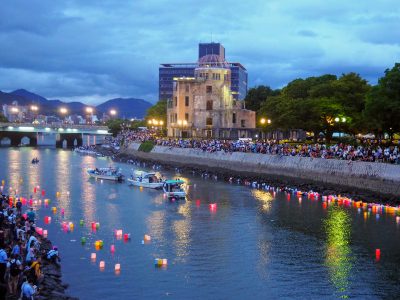

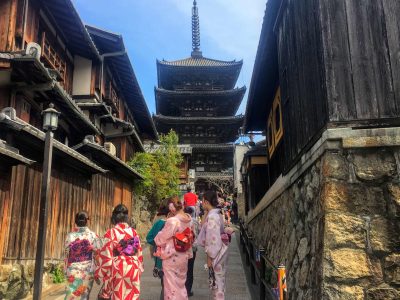

Make your next trip to Japan the best one yet by making sure your packing list contains the following essential items:
Compared to other countries in Asia, Japan is an expensive place to travel. That being said, it’s totally possible to travel Japan on a budget! Here’s how much you might spend on each of these key categories in Japan, depending on if you’re a budget backpacker, a mid-range flashpacker, or a luxury traveler. The values below should be interpreted as average figures to help you budget for a trip to Japan.
Food – Cheapest meals in Japan are bought from convenience stores and noodle shops, and can be as low as ¥200-¥500 per meal. Most meals at my favorite Tokyo restaurants will cost around ¥1,200-¥2,000. On the luxury side, foodie experiences like Japanese kaiseki multi-course dinners or Michelin-starred sushi can cost ¥30,000 per meal or more.
Per Day: Budget ¥800-¥2,000 | Mid-Range ¥3,000-¥7,000 | Luxury ¥20,000+
Accommodation – The cheapest accommodation options in Japan are capsule hotels or hostels, both of which can cost between ¥2,000-¥4,000 depending on location. Private hotel rooms vary greatly in price, but you can expect no-frills double or twin rooms to be less than ¥15,000 per night. Luxury accommodation like rooms with Mt. Fuji views and private onsen (more on that below) can cost ¥60,000+ per night, but may have a kaiseki dinner and breakfast included in the price.
Per Day: Budget ¥2,000-¥4,000 | Mid-Range ¥8,000-¥15,000 | Luxury ¥60,000+
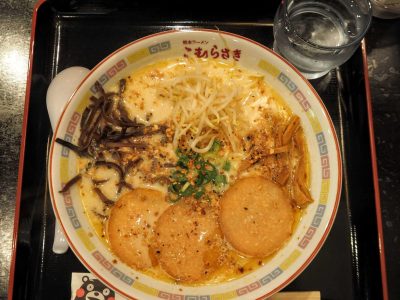

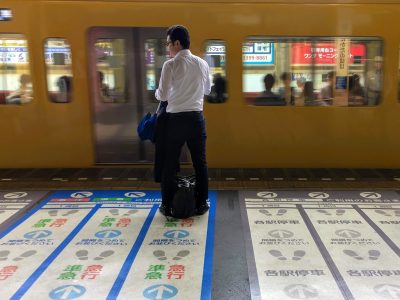

Transportation (within cities) – The best way to get around cities in Japan is by train, which can cost ¥200-¥600 each way depending on the distance you are traveling within a city. The more you walk, the more you can save. If you prefer to take taxis to get around, be prepared to spend ten times as much to travel the same distance. To each their own!
Per Day: Budget ¥700-¥1,000 | Mid-Range ¥1,500-¥3,000 | Luxury ¥15,000+
Transportation (between cities) – The total transportation budget between cities is highly dependent on your overall Japan itinerary. Train is still the most popular way to get between cities in Japan as well. Purchasing a JR Pass for ¥30,000 to take shinkansen bullet trains is popular for travelers going from Tokyo to Osaka to Hiroshima and back to Tokyo. If traveling on a budget, highway busses like Willer Express are often a cheaper option at ¥5,000-¥7,000 per trip between major cities.
Per Trip: Budget ¥10,000-¥20,000 | Mid-Range ¥30,000-¥45,000 | Luxury ¥50,000+
Excursions and Tours – This budget again depends on the type of traveler you are. Per person, tickets often range from ¥1,500 to ¥3,000 for entry to museums and places like Teamlab Planets. Entry to theme parks like Tokyo Disneyland or private tours can cost ¥10,000+ per person.
Per Trip: Budget ¥5,000-¥10,000 | Mid-Range ¥20,000-¥45,000 | Luxury ¥50,000+
Gifts and souvenirs – The cheapest souvenirs from Japan are from 100 yen stores like DAISO and Can-Do (basically dollar stores). Mid-range gifts and souvenirs like anime figurines, engraved chopsticks, and tenugui Japanese cloth can cost ¥1000-¥2000 per item. Fancier gifts like Japanese whiskey and kimonos can cost ¥10,000 or more each.
Per Trip: Budget ¥500-¥1000 | Mid-Range ¥5,000-¥10,000 | Luxury ¥30,000+
When booking accommodation in Japan, it’s best to stay well-connected to the public transit lines (trains and busses) to make the most of your trip. That’s why I recommend for travelers to Tokyo to stay near the JR (Japan Railways) Yamanote Line, which is like London’s Circle Line that loops around the city’s most famous neighborhoods.
If someone asks you, where is the best place to stay in Tokyo? The answer is: near the Yamanote Line! Check out my full post here. My itinerary posts including to Kyoto and Nagoya also provide recommendations for well-connected hotels to base yourself from.
Just for fun, I’ve also created a wild & wacky list of weirdest hotels in Japan. From robot receptionists to sleeping in bookshelves, these hotels are sure to put a smile on your face and make your trip to Japan unforgettable.
One unforgettable accommodation option in Japan is staying in a hotel with on-site natural hot springs, or onsen. Take it one step further by finding accommodation with a private onsen attached in your room!
This bucket-list experience in Japan can be enjoyed in hot spring towns across the country, including Hakone, Beppu, and Nikko. Check out my full lists of Japanese hotels or ryokan (traditional Japanese inns) with private onsen below.
